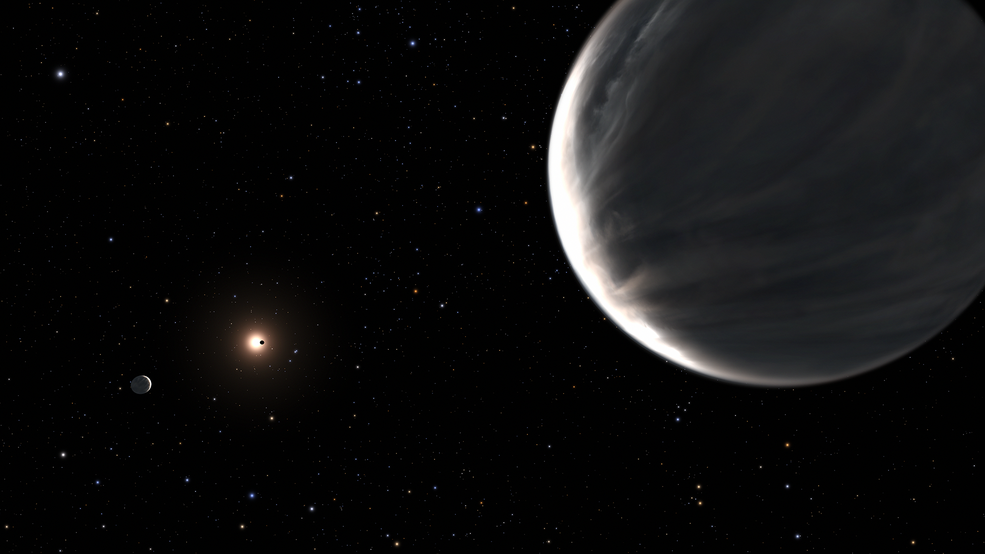South Africa’s MeerKAT telescope has discovered a new giant radio galaxy, nicknamed ‘Inkathazo, meaning trouble in Xhosa and Zulu languages, due to the difficulty in understanding the physics behind this discovery.
The cosmic megastructure measures 3.3 million light-years, which is 32 times the size of our Milky Way galaxy and is 1.44 billion light-years away from Earth.
Researchers anticipate that this discovery, published in the Monthly Notices of the Royal Astronomical Society, will provide valuable insights into the origins and evolution of some of the universe’s largest structures.
Giant radio galaxies GRGs are massive cosmic structures that shoot out jets of hot plasma, stretching millions of light years into space.
These glowing jets, visible at radio frequencies, are powered by supermassive black holes at the centres of galaxies.
GRGs were once considered rare, but advanced radio telescopes like South Africa’s MeerKAT have dramatically changed this view by uncovering many more of these massive galaxies.
To learn more about this cosmic mystery, the researchers used MeerKAT’s advanced technology and high sensitivity to produce some of the most detailed spectral age maps ever created for GRGs.
These maps measure the age of the plasma in different parts of the GRG, offering insights into the physical processes at play.
The findings uncovered fascinating complexities in Inkathazo’s jets, with some electrons unexpectedly gaining extra energy.
The team suspects this might happen when the jets interact with hot gas in the spaces between galaxies within the cluster.
MeerKAT will soon become part of the Square Kilometre Array SKA, a USD 2.2 billion project comprising interconnected radio telescope networks across Africa and Australia.
This includes 197 radio dishes in the Karoo region of South Africa’s Northern Cape and several other antennas across eight SKA partner countries that will support the network.
Together with another 131,072 antennas in Western Australia, these instruments will create a combined collecting area of one square kilometre across two continents, enabling the detection of extremely faint radio signals.
These discoveries come as the African continent intensifies its effort to advance its radio astronomy capabilities through capacity building and infrastructure development.
Source: https://spaceinafrica.com/2025/01/27/south-africas-meerkat-telescope-discovers-new-giant-radio-galaxy/



